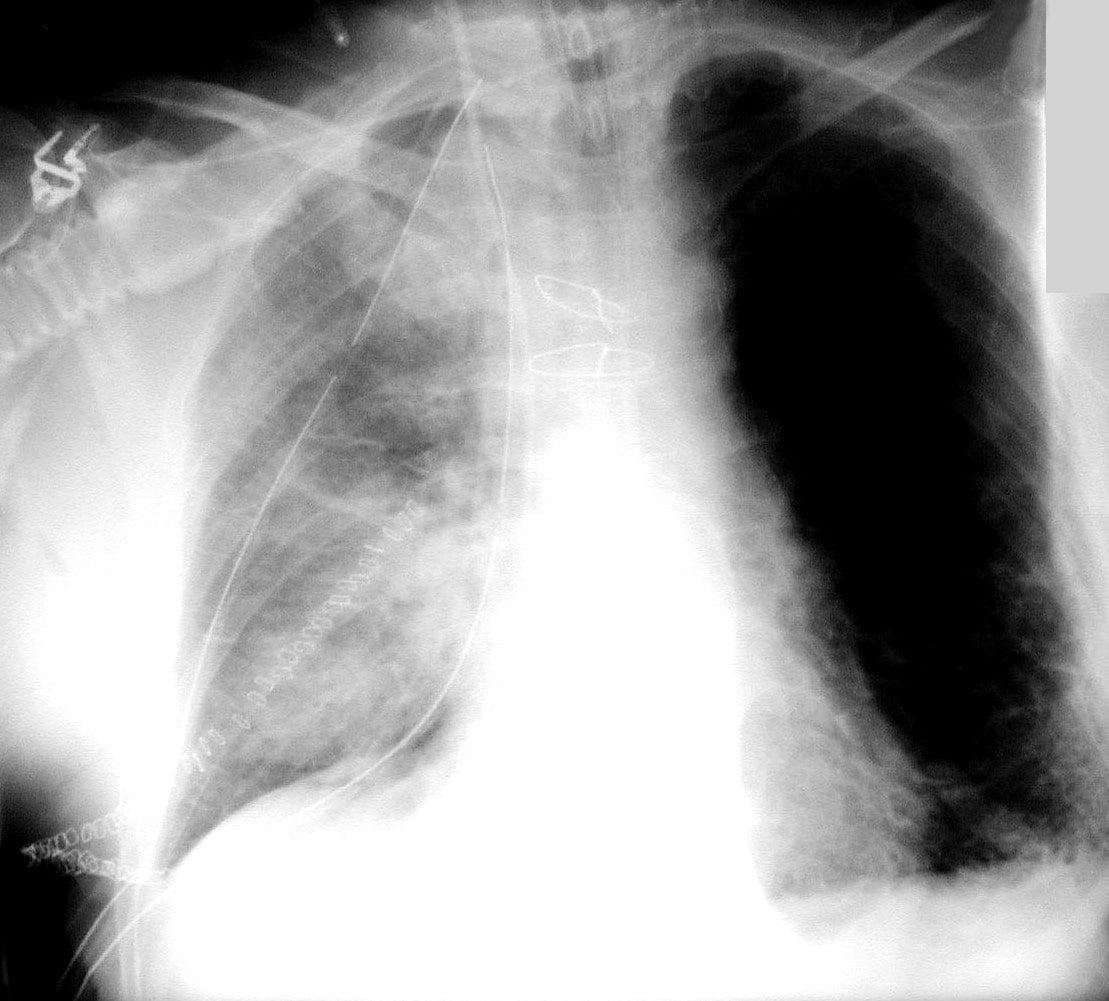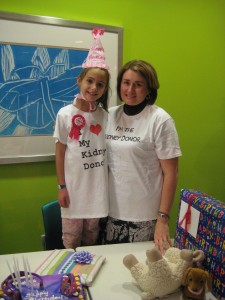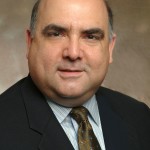 Even with better immune suppressing drugs being developed for organ transplants, patients still require regular monitoring to prevent graft rejection. Kidney transplant recipients sometimes can be at risk even when standard blood tests for rejection appear stable.
Even with better immune suppressing drugs being developed for organ transplants, patients still require regular monitoring to prevent graft rejection. Kidney transplant recipients sometimes can be at risk even when standard blood tests for rejection appear stable.
To improve accuracy and avoid the need for frequent biopsies, several teams of transplant specialists are developing new urine tests for diagnosing acute organ rejection. These tests are non-invasive, could be administered often, and could identify immune events in real time.
At the American Transplant Congress this week in San Diego, Jennifer Jackson, MD, a nephrology fellow on the Emory kidney transplant team, presented research on a new urine-based test for the protein osteoprotegerin (OPG) and the chemokines CSCL9 and CXCL10.
Researchers found levels for all three markers elevated in patients experiencing acute rejection, but also in some patients whose grafts were supposedly “stable.†This smoldering inflammation could be responsible for chronic graft deterioration that goes undetected.










